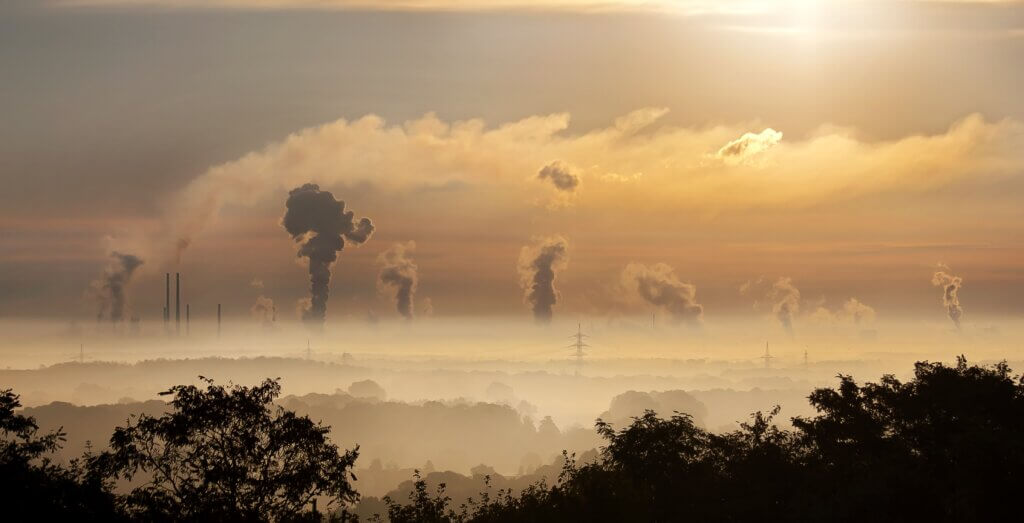
The idea of pollution impacting economic activity is not new — but using pollution levels to gauge economic recoveries is perhaps as novel as the virus. In the 20 years I spent doing economic forecasting, pollution never came up as something I should follow. Until now. There is a lot to unpack; stay with me.
Over the course of this pandemic, economists have been asking: “Do lives matter to livelihoods?” Or, more plainly, do we need to shut down the economy in order to save a small percentage of people who will die from this?
A joint study by researchers at the Federal Reserve and MIT, answered this question by looking at 43 US cities during the 1918 pandemic. Their conclusion was that cities with lower mortality rates tended to have better economic recoveries. It was not because workers died and couldn’t show up to the factories – they controlled for that. It turns out that fear and mistrust in hard-hit areas prevented people from re-engaging in economic activities (shopping, eating out, etc). Pittsburgh, for example, was one of the worst-hit cities and suffered a mortality rate of about 1,200 deaths per 100,000. Their employment was up 20% between 1914 and 1919. In contrast, Seattle suffered a mortality rate of only 400 per 100,000. Their employment was up 120% between 1914 and 1919 — 100% more than Pittsburg.
There are differences between the current pandemic and the pandemic a hundred years ago. However, the similarities are numerous. A recent look at which cities have gone back to work corroborates the study’s findings. Areas that were harder have been more reticent to emerge from lockdown.
Keeping that in mind, let’s consider another study by the Harvard T.H. Chan School of Public Health. Their study, released this April, showed that an increase of just 1 microgram of PM2.5 (a component of air pollution) per meter cubed is associated with an 8% higher COVID-19 mortality rate. PM2.5, or pollution particles the size of 2.5 microns in diameter, is capable of penetrating deep into the respiratory tract, causing severe health damage.
This is important because no other readily available data can speak so directly to covid-19 mortality rates like pollution can. When I started tackling my forecasts, I wanted data such as rates of infection, age, and healthfulness of a population. Unfortunately, no one knows what the actual infection rates are, and pre-existing health data suffer from privacy concerns, reliability of reporting, and overlapping datasets.
My novel economic forecasting framework seems to be validated by recent news: areas that were harder have been more reticent to emerge from lockdown. While the 4.9% bounce in China — the 88th most polluted country in the world would seem to contradict everything I just laid out, it does not. The fact is that household spending comprises only 38% of its GDP — and the Chinese consumer continues to be a drag.
All else equal, my firm estimates that China has over 3x the COVID-19 mortality rate that we experience here in the US. It means the Chinese government needs to be much stricter than elsewhere in the world, and that growth will come from government investment.
Here in the US, household spending determines 68% of our economic output. Western economies heavily built on household spending cannot survive the kind of pollution on which China seems to thrive. To gauge economic recovery, follow pollution levels.